Content Creator
More and more people nowadays have allergic reactions to food. This is due to many different factors. It is often said in this context that people have simply become hypersensitive. This is not true. The methods for detecting allergies or intolerances have improved considerably, as have the treatments. All these things did not exist in the past, so the fallacy may be that humanity has simply become more sensitive. Today we are clearing up various myths about intolerances and allergies so that you can enjoy our breakfast in peace.
However, with the help of these advanced methods, it is now possible to determine quite precisely what a person is missing or what he or she should not eat or drink. But let us first clarify the difference between an allergy and an intolerance.
What distinguishes an allergy from an intolerance?
An allergy means that the body always triggers a reaction regardless of the amount of the substance. Among other things, this can lead to itching or a rash – in the case of more severe allergies, it can also lead to stomachache and nausea. In the worst cases this can also become life-threatening if you fall into so-called anaphylactic shock. In most cases, those affected must avoid the foods which lead to the reaction for the rest of their lives.
In the case of an intolerance, on the other hand, it depends on the amount of the substance that one ingests. Thus, it is possible that one does not have any symptoms when eating small amounts, but if one consumes more, similar symptoms to those of an allergy may occur. One should be warned: even small amounts can cause a reaction.
What allergies and intolerances are there?
Basically, it can be said that the most frequently occurring complaints are intolerances. Allergies are usually more serious than intolerances, although the latter can also be very unpleasant. Proper food allergies include nuts, shellfish and also soybeans. Here the body initiates a violent reaction against actually harmless proteins. The allergy itself usually develops as a child and lasts a lifetime.
In the case of intolerances, two particularly common ones can be named: Lactose intolerance and gluten intolerance, also called celiac disease. Also, often on the intolerance list: very sour fruits such as citrus fruits or tomatoes but also chocolate, ice cream or sweets. Moreover, you can have intolerances for very fatty foods and spices such as pepper or mustard.
Lactose intolerance – symptoms and effects
Lactose intolerance is an intolerance which occurs very frequently. Especially in the western world, many people suffer from it. But what exactly is lactose? What are the symptoms of a lactose intolerance? And why do so many people suffer from this intolerance?
For many experts it is obvious: actually, all people have an intolerance to cow’s milk. It contains substances that the body simply cannot process. That’s why many people feel bloated or have stomach pains after eating cow’s milk products. Lactose is milk sugar – an intolerance exists when the body cannot break down the milk sugar. In most cases, the symptoms occur about an hour after eating products containing lactose.
There are two different types of lactose intolerance: primary and secondary lactose intolerance. Primary lactose intolerance is a congenital intolerance that usually becomes apparent in adulthood, as the body loses the ability to break down lactose with increasing age. The second type is an acquired intolerance.
The therapy for lactose intolerance is very simple – you have to avoid foods containing lactose. For all those who do not want to do without milk and dairy products despite their intolerance, there is now a wide range of lactose-free products. But how do you get the lactose out of the milk product? This works by adding the enzyme lactase to the milk products during production. This enzyme takes over the function of the small intestine and splits the lactose into the simple sugars glucose and galactose. By the way, this also explains why lactose-free milk tastes sweeter than conventional milk. The sweetening power of glucose and galactose is much stronger than that of milk sugar.
Thanks to the increasing movement towards veganism in recent years, there is also a growing range of plant-based milk alternatives such as oat, almond, coconut or rice drinks, which of course do not contain lactose and can therefore be consumed without hesitation by people suffering from lactose intolerance. Here we show you how you can simply make your own plant -based drinks yourself.
Celiac disease – gluten intolerance
Celiac disease, or gluten intolerance, is the second most common disease that humans have. Gluten is a protein that cannot be properly absorbed and broken down by the body. Celiac disease is a mixture of allergy or intolerance and autoimmune disease. It is an immune reaction of the intestine, which subsequently becomes a chronic inflammation.
The symptoms of a gluten intolerance can range from constipation to flatulence, diarrhea or cramps. Gluten can be found in many different types of grain, such as wheat, rye, oats, barley and spelt. All products that contain even one component of a grain containing gluten should be strictly avoided when you have an intolerance- this is also the only form of therapy that can prevent further damage of the intestines.
In the case of weaker forms of intolerance, even a temporary renouncement can help. In this case, it is usually spoken of 1-2 years. Those affected can often take small amounts of gluten again after this period.
If you have the feeling that you are struggling with complaints after eating certain foods, you could try to avoid them. However, before you make any serious changes in your diet, you should see a doctor you trust.
I am affected – What now?
Food intolerances are not a death sentence. With the increasing number of people affected, it is becoming increasingly simple to find foods that fit into an individual diet. Abstinence does not always mean that you have to suffer from it. There are many lactose-free alternatives and just as many gluten-free variants – even if you may need to take a closer look every now and then.
For many people, it may often seem difficult to avoid cow’s milk or gluten-containing products, especially at breakfast. But there are also many gluten-free and lactose-free options for this important meal. A large proportion of our breakfast products are completely gluten-free. You can find these and breakfast products for other intolerances with just a few clicks through the filter function in our online shop.
Recommended articles
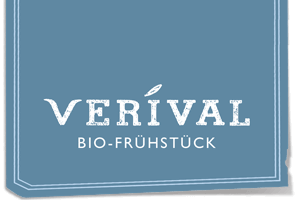





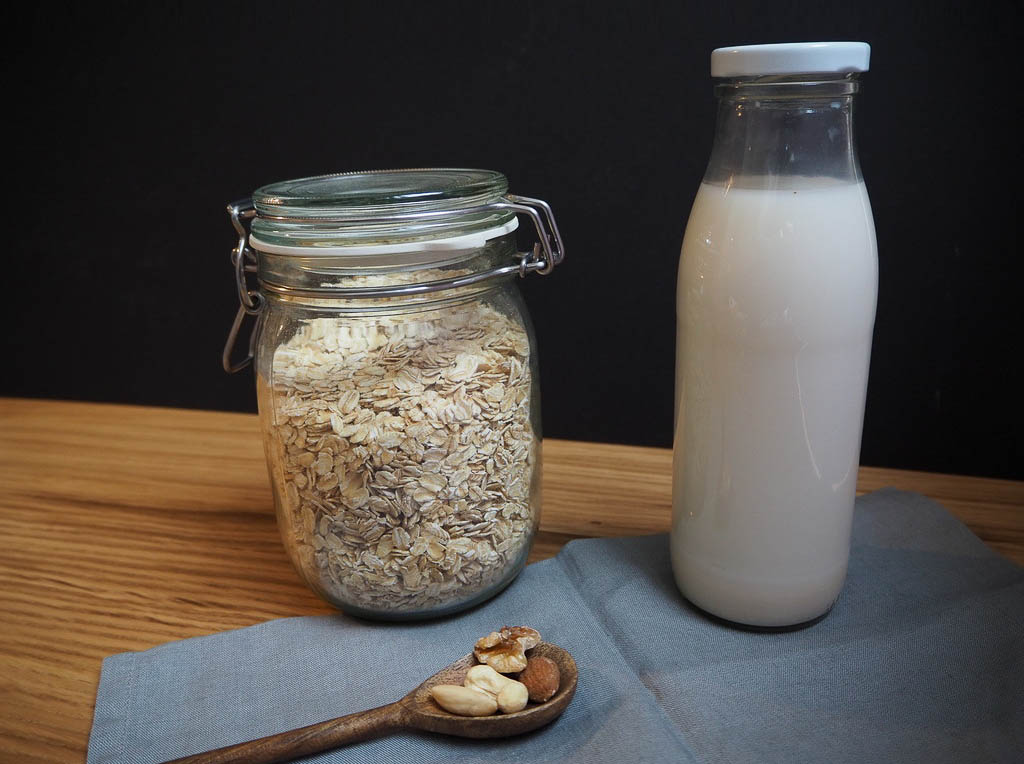
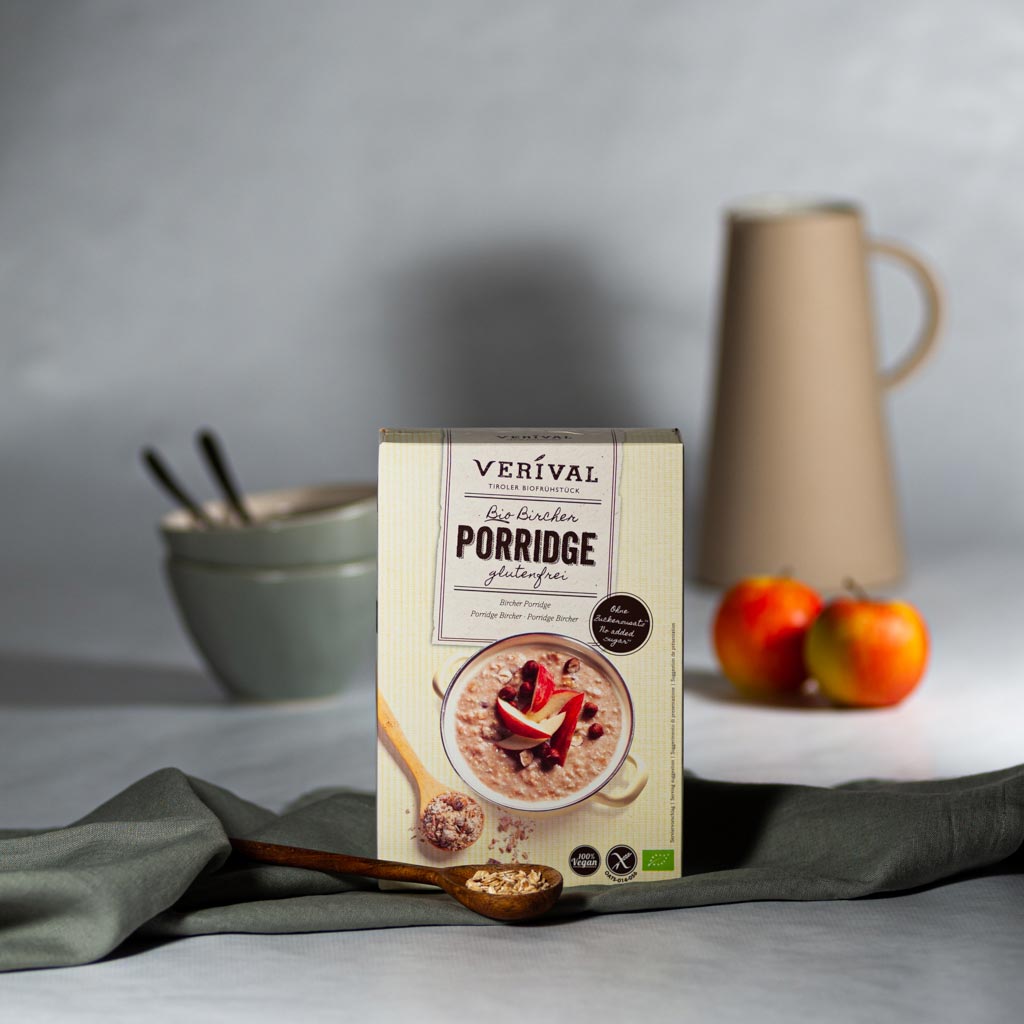

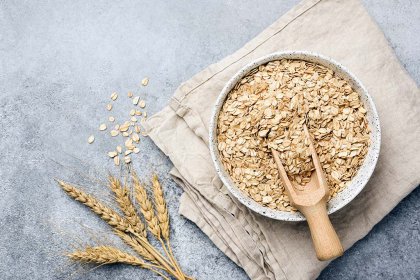
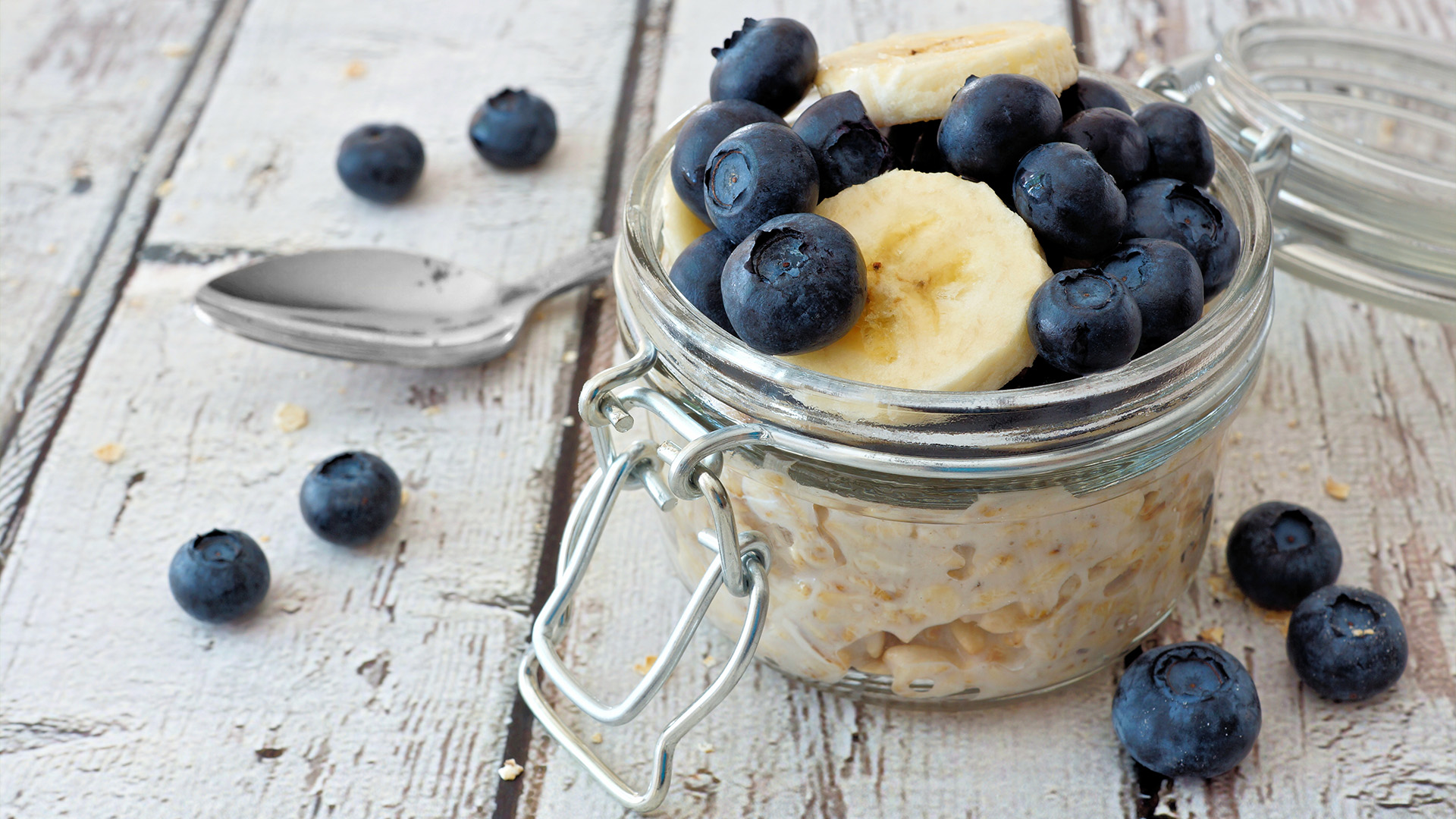
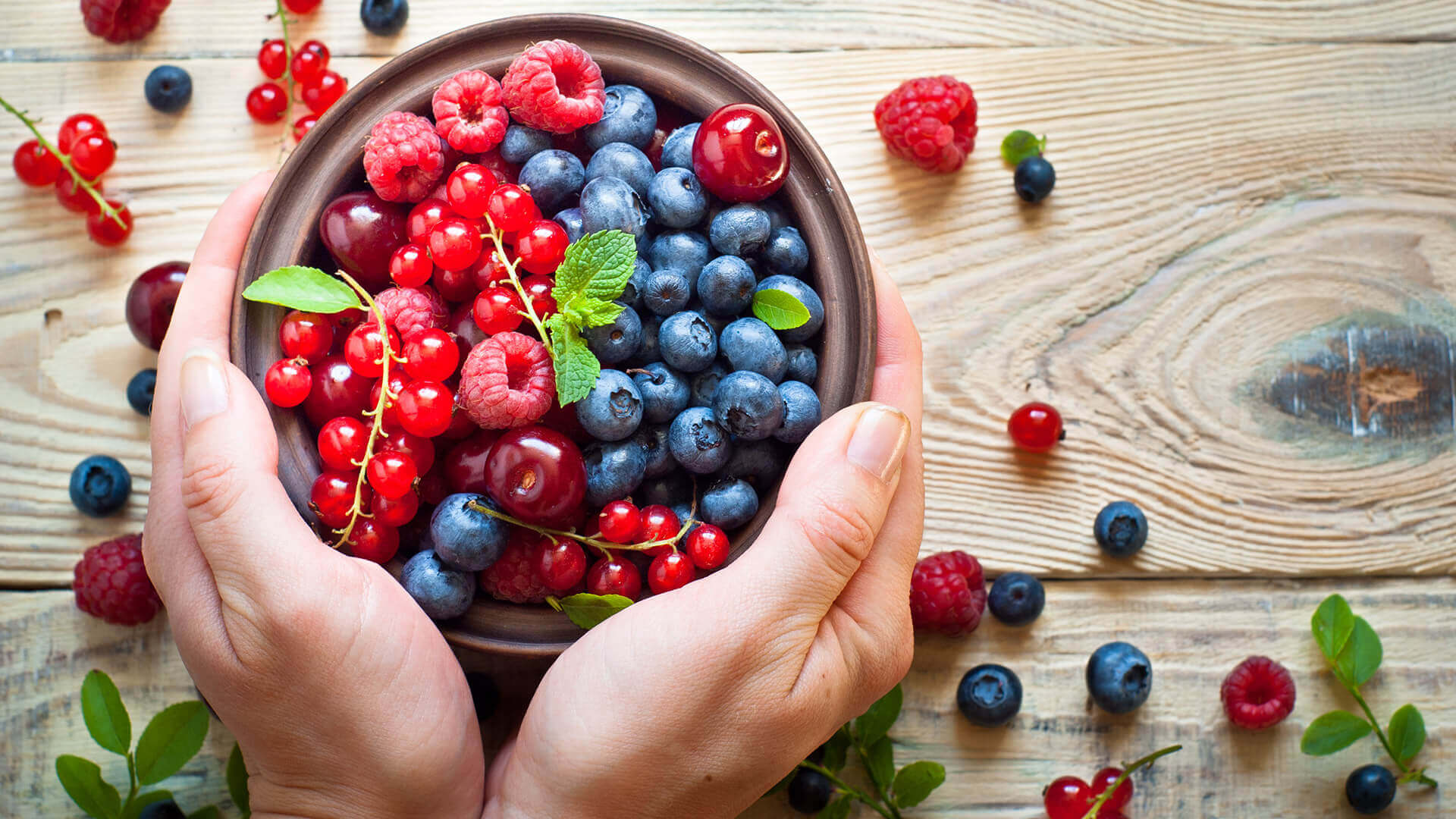


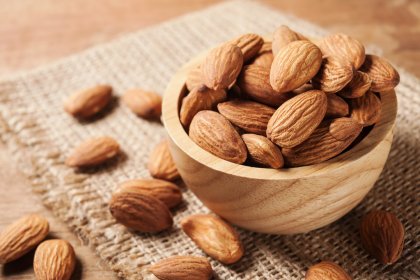

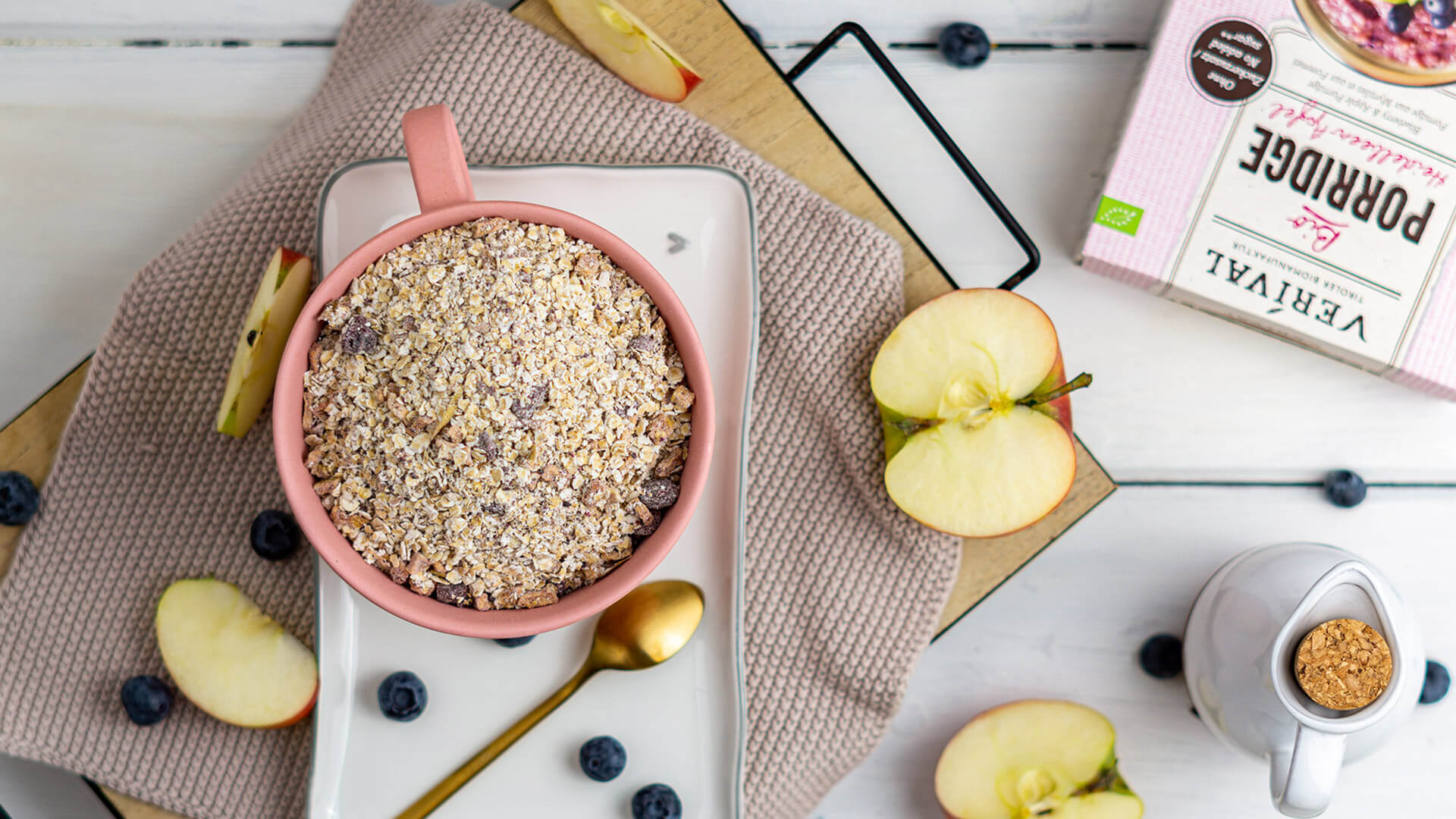


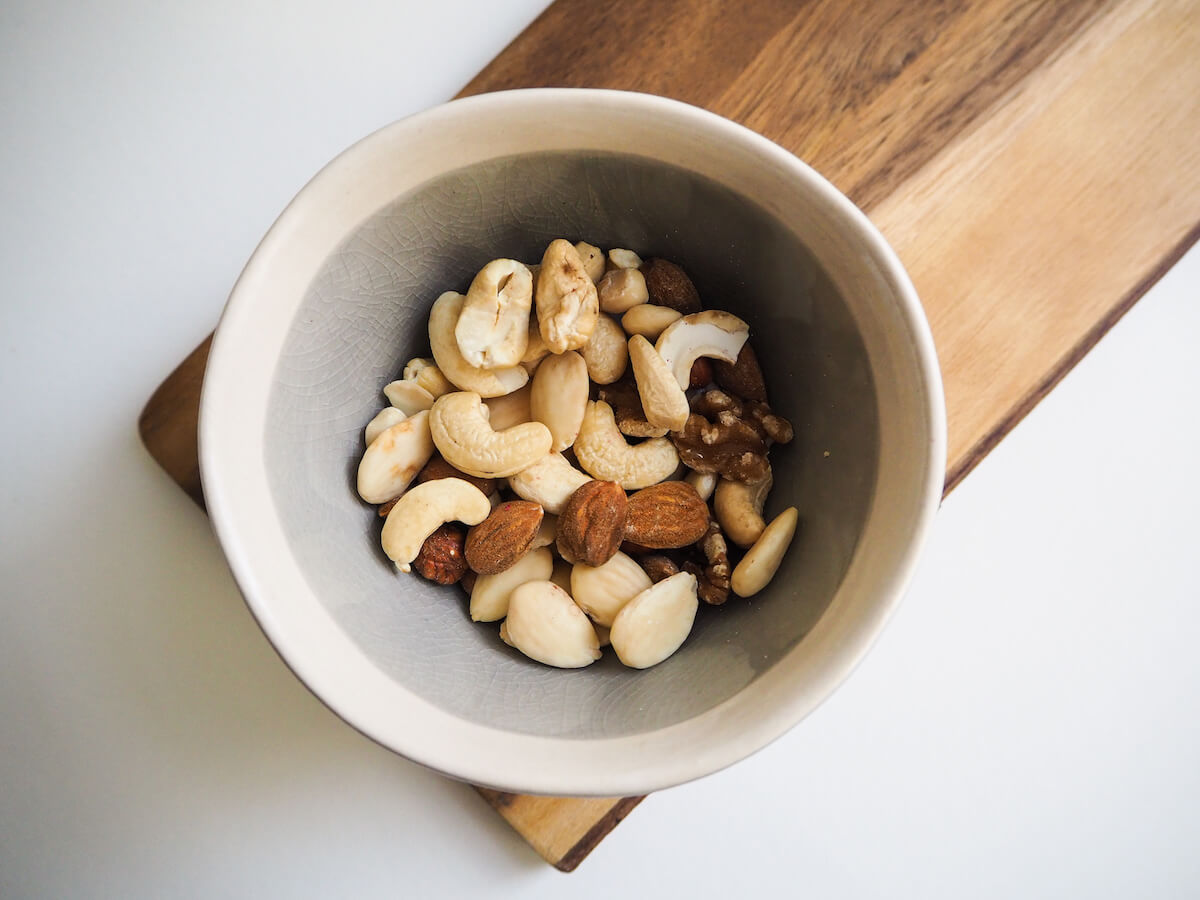

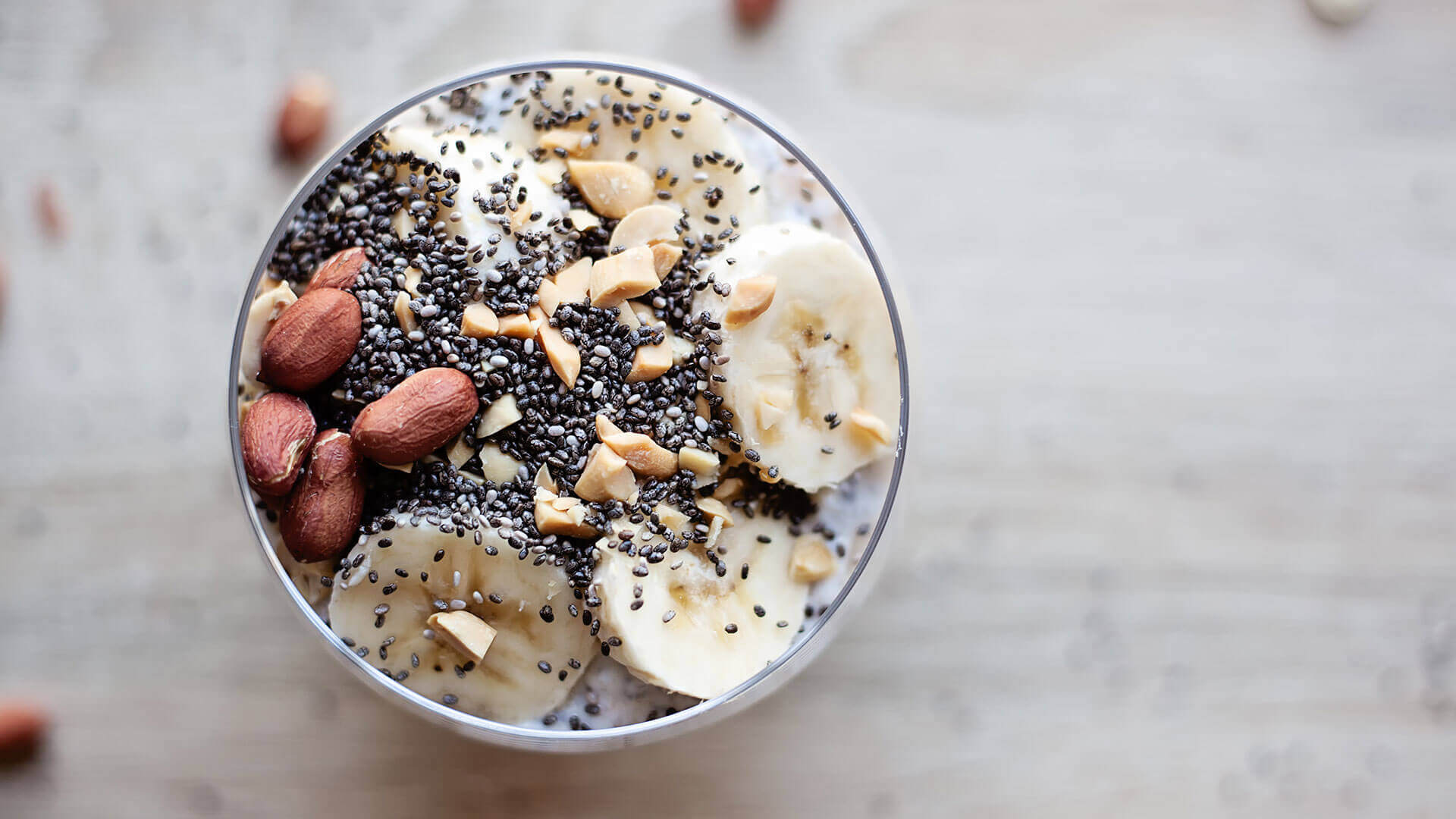

Do you like this post? Share it with friends: